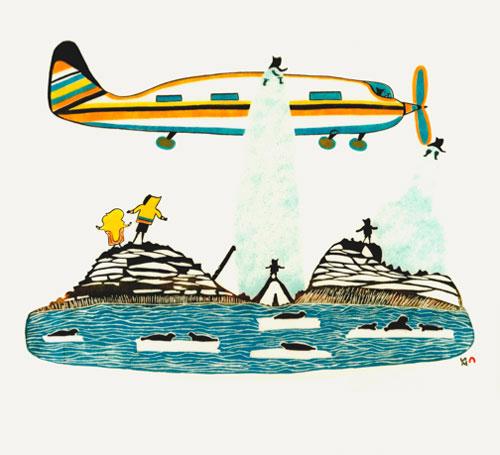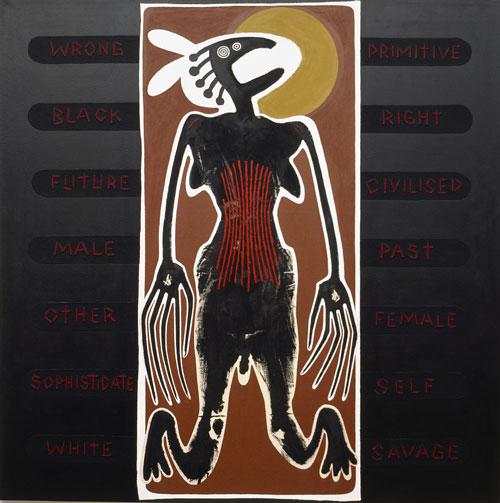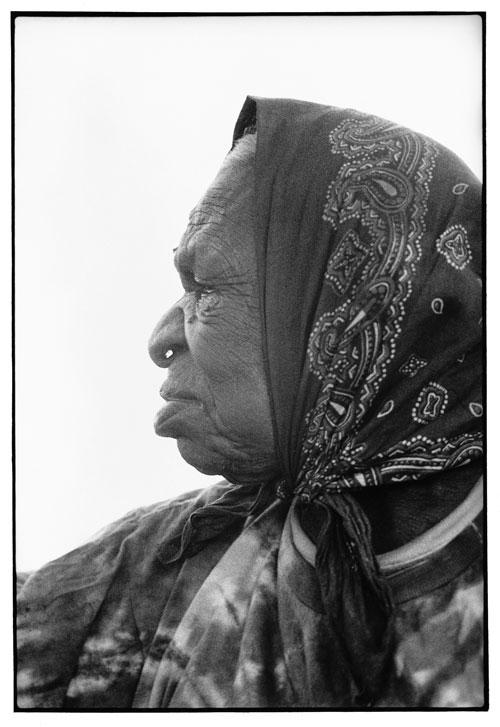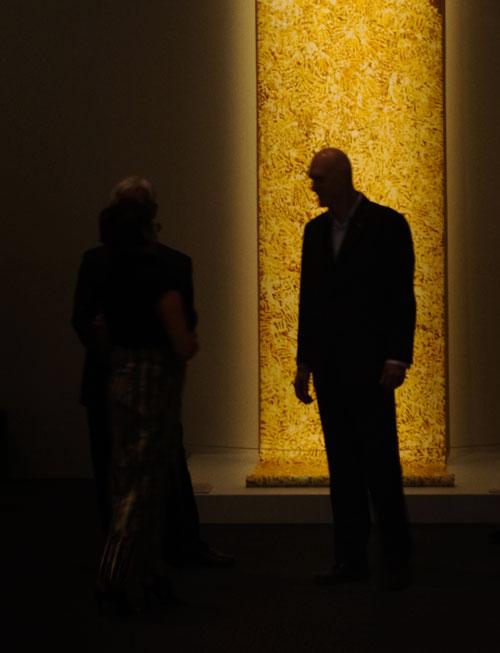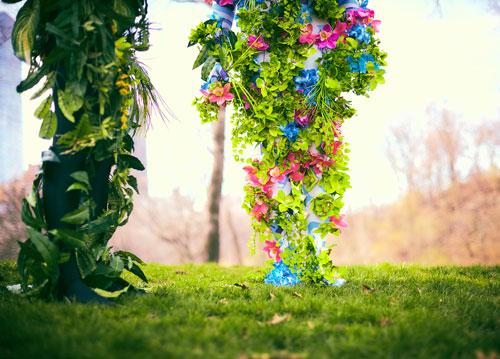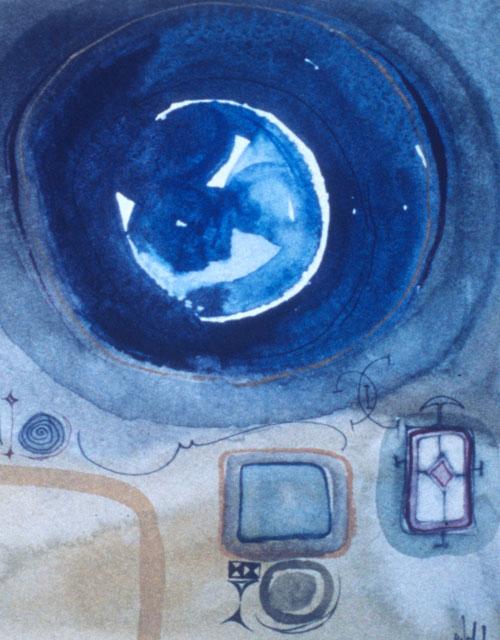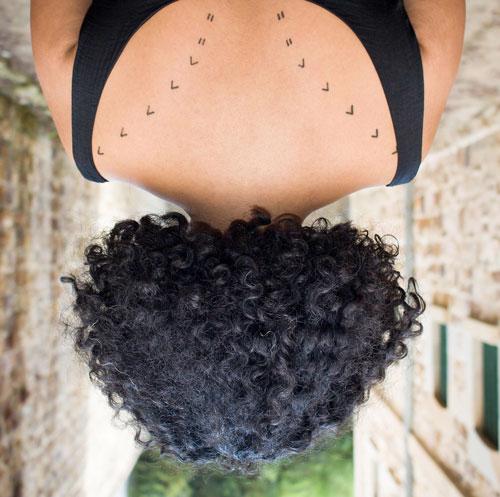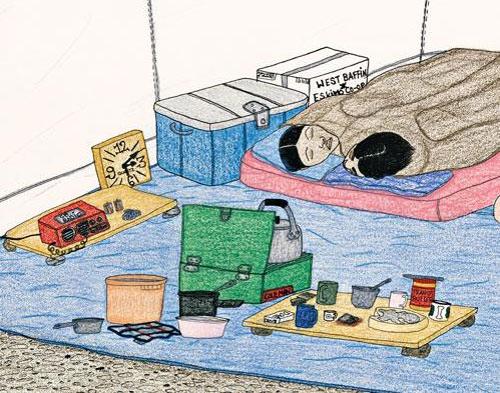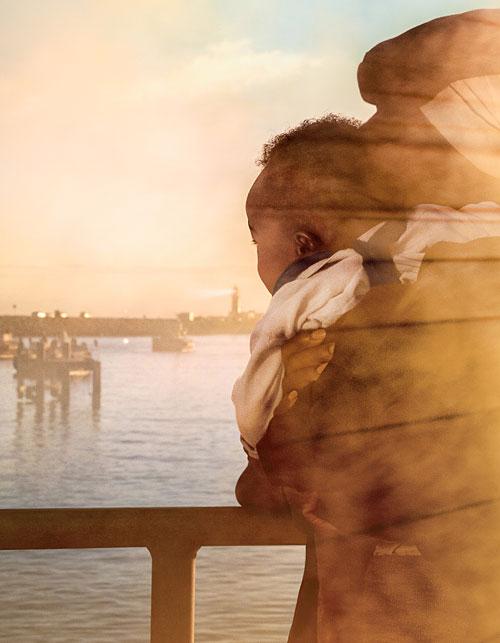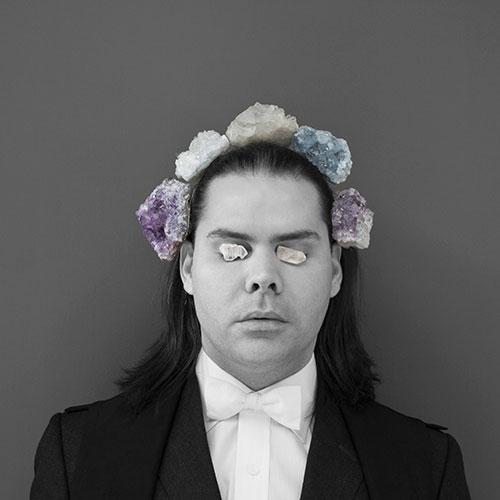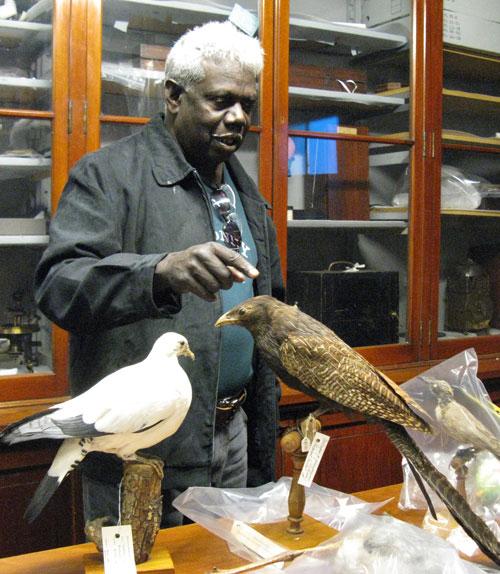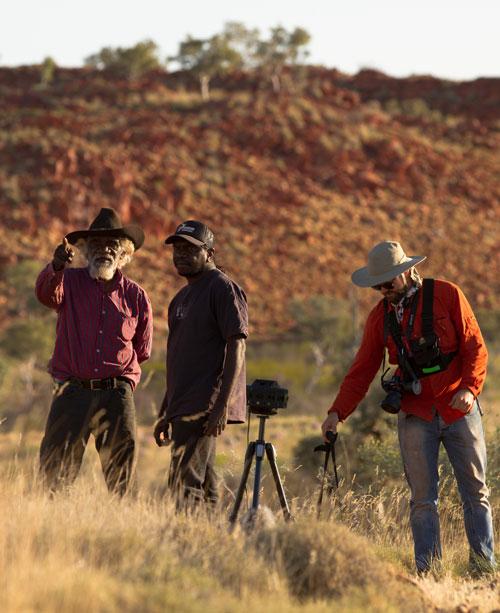Lisa Reihana: Encounters in Oceania
In a number of art museums and decorative arts collections in Australia, France and the United States, there are sections to be found of an extraordinary expression of the European imagining of Oceania, Les Sauvages de la Mer Pacifique (The Voyages of Captain Cook), a 20‑panel wallpaper designed by Jean Gabriel Charvet and printed by Joseph Dufour, around 1804–6. Said to be the largest such composition ever made, over two metres in height, and over ten in length in its complete form, this is an impressive but also a disconcerting panorama of the peoples, costumes, customs and environments of the Pacific.

